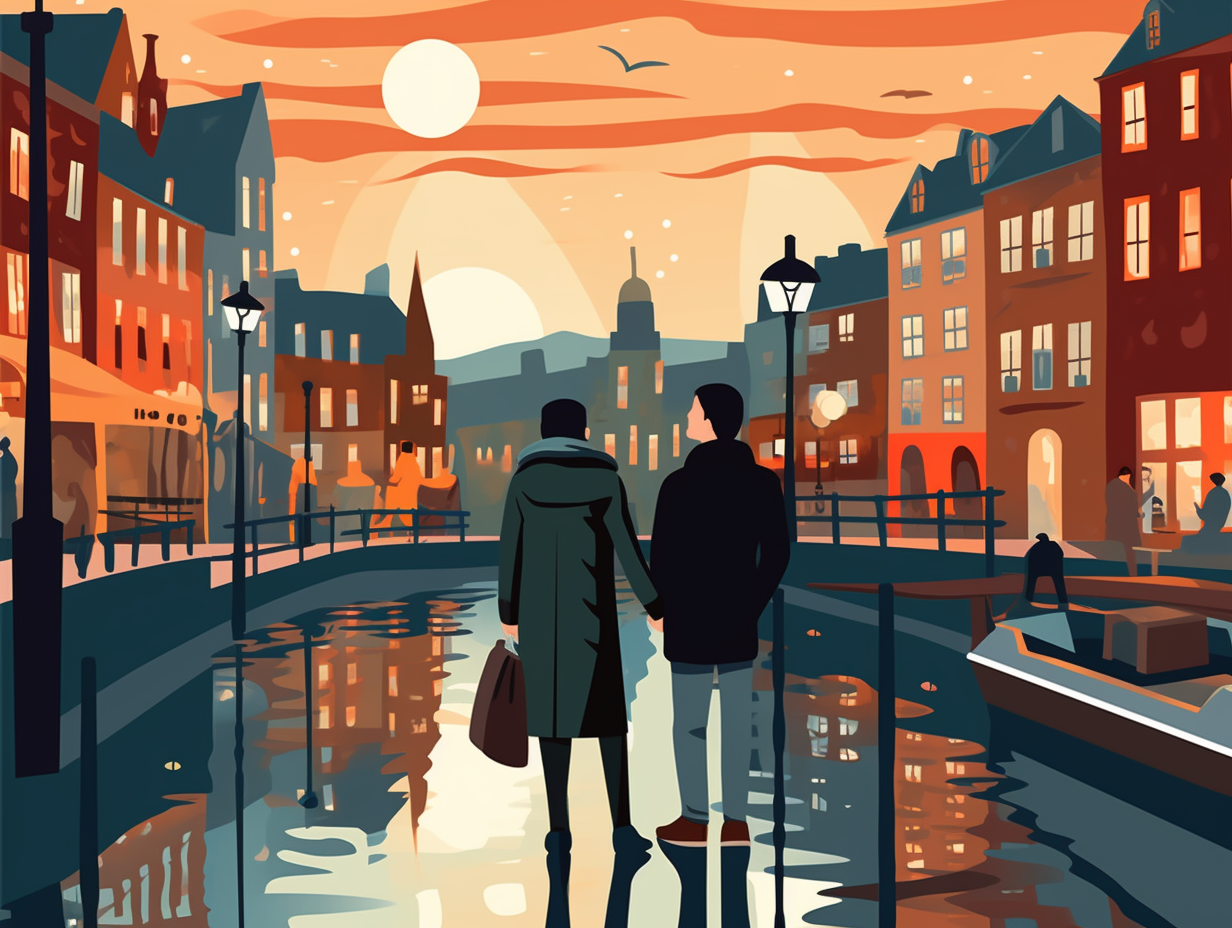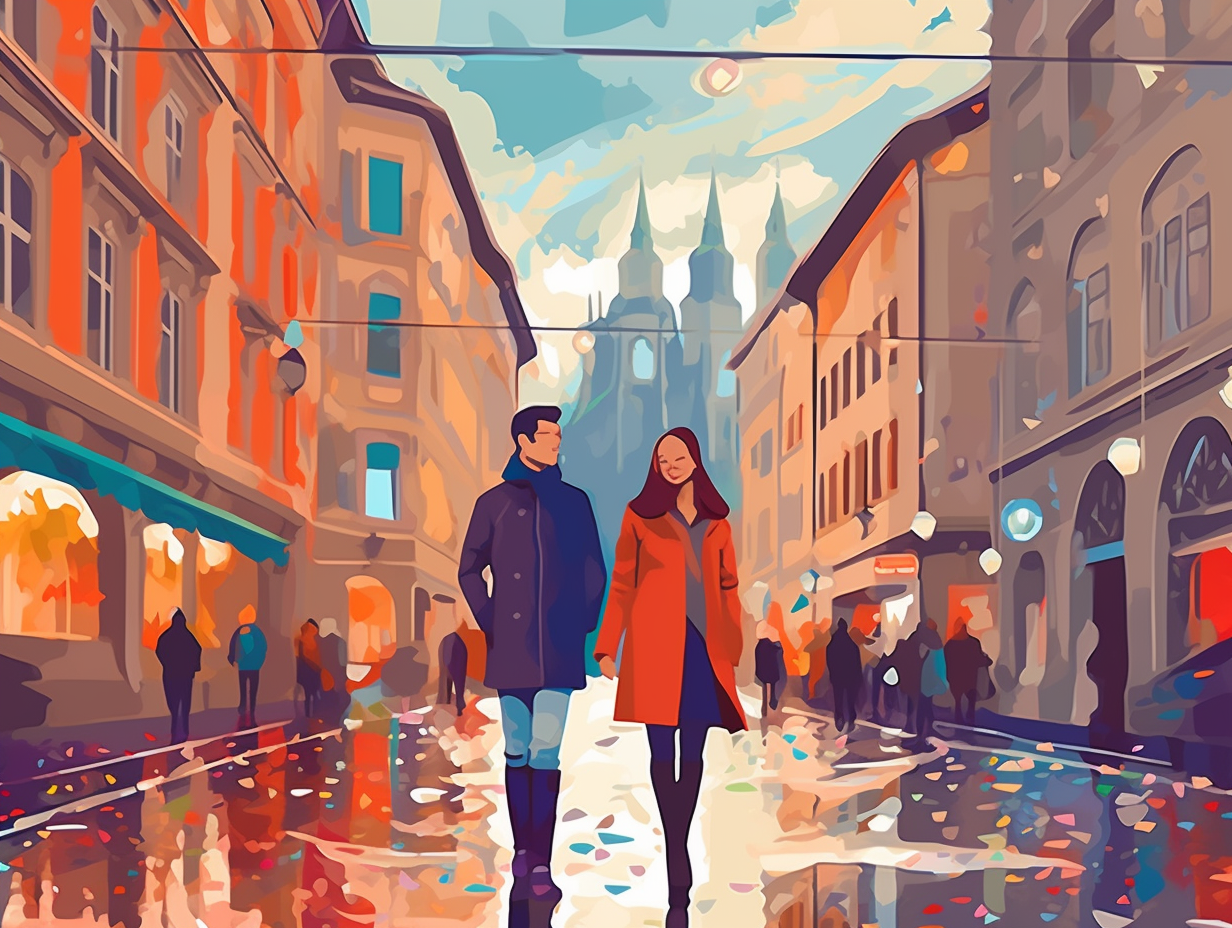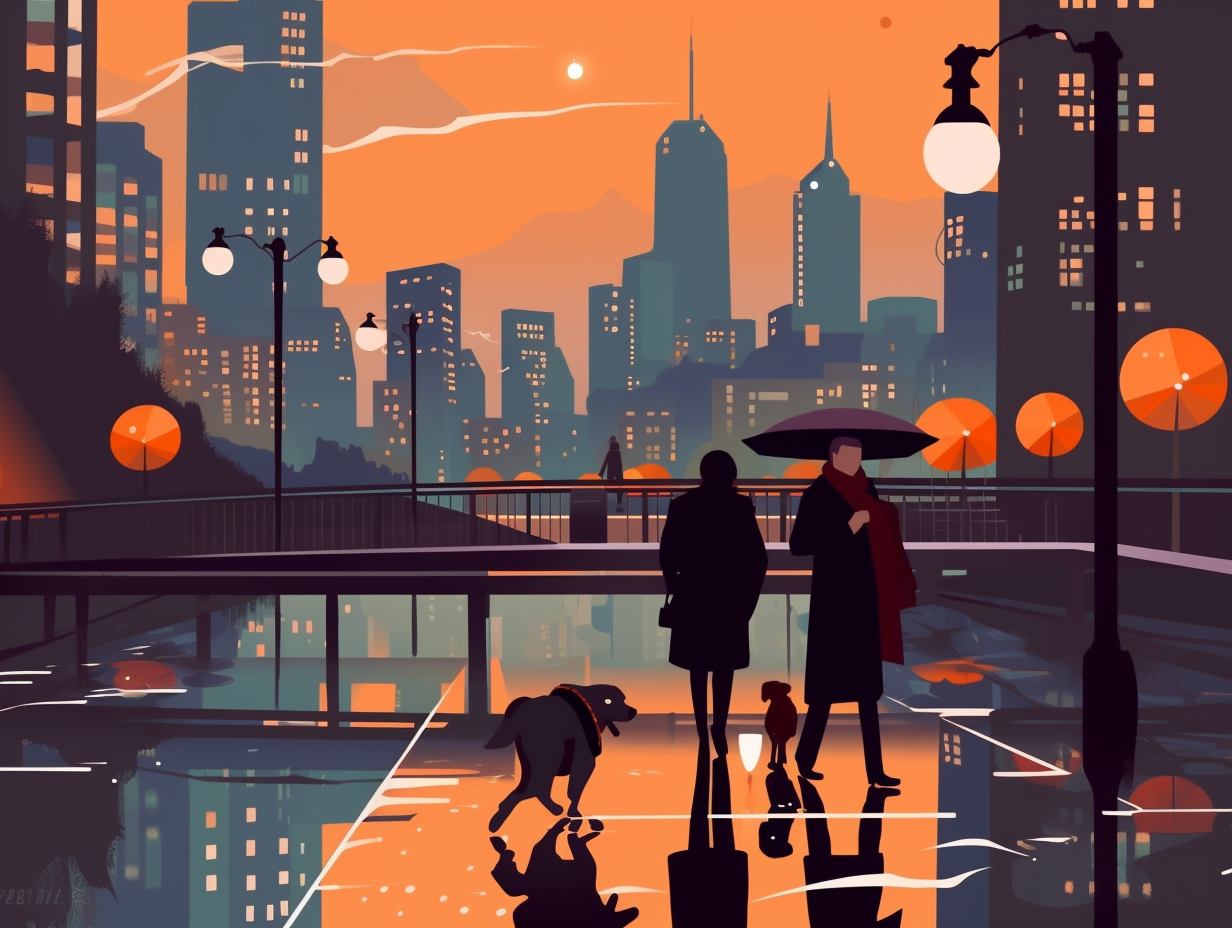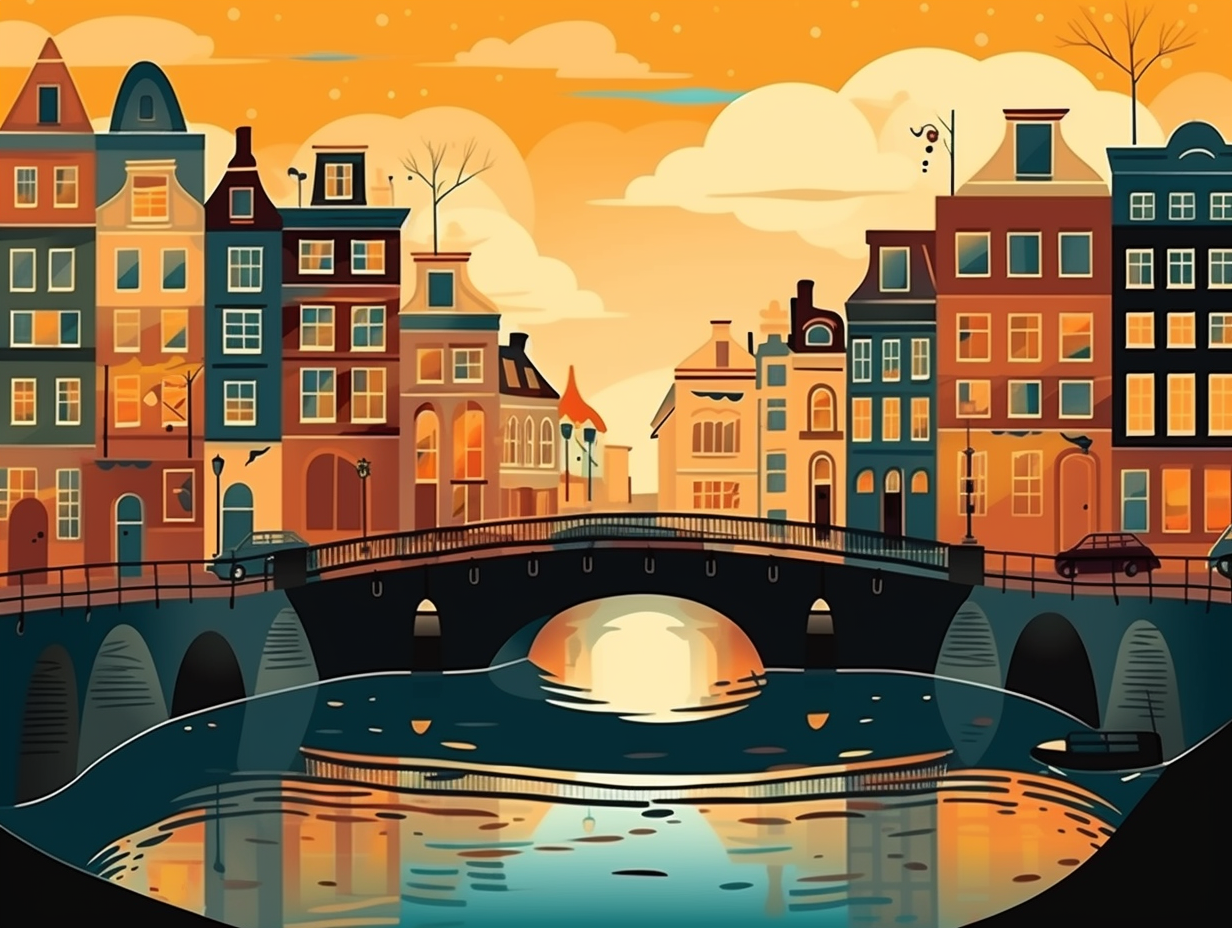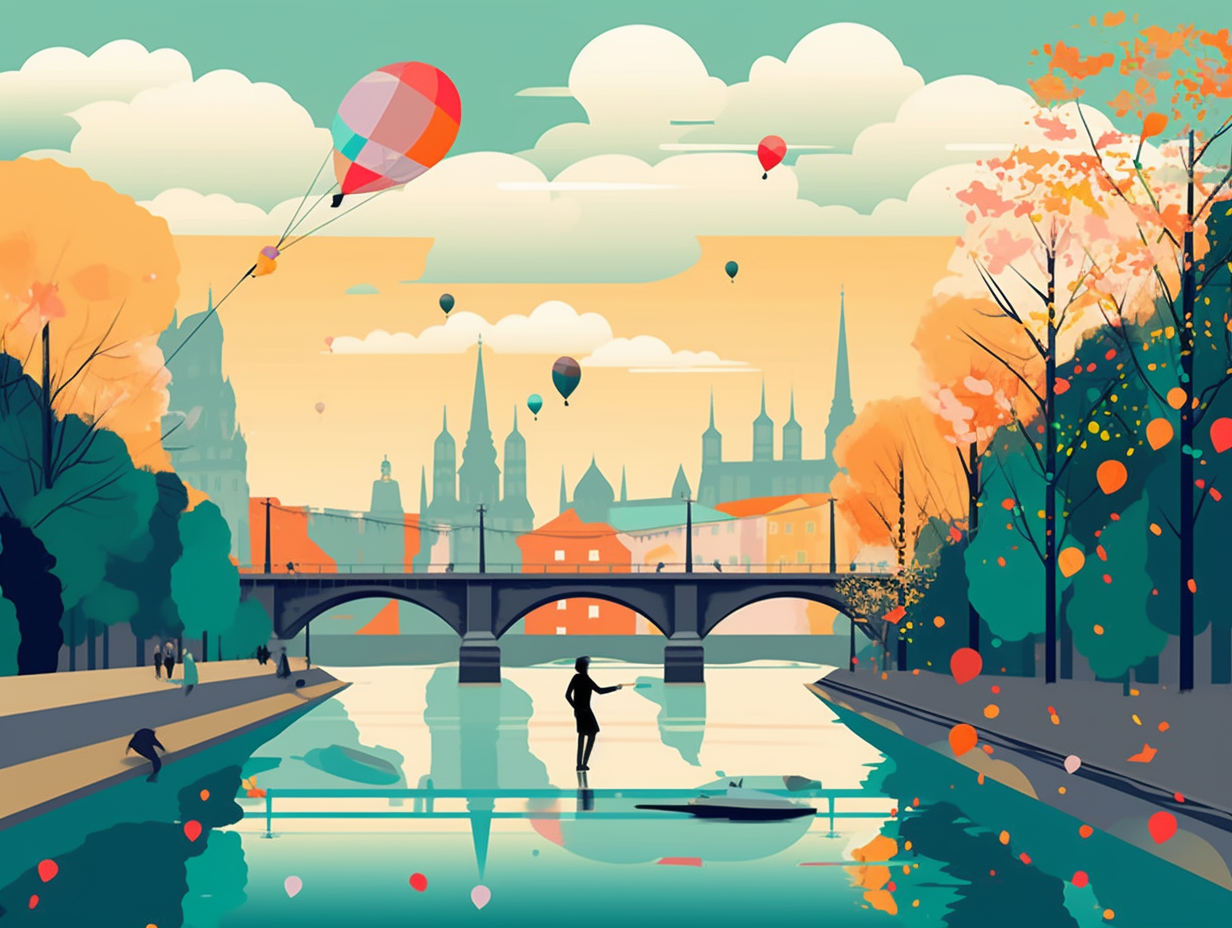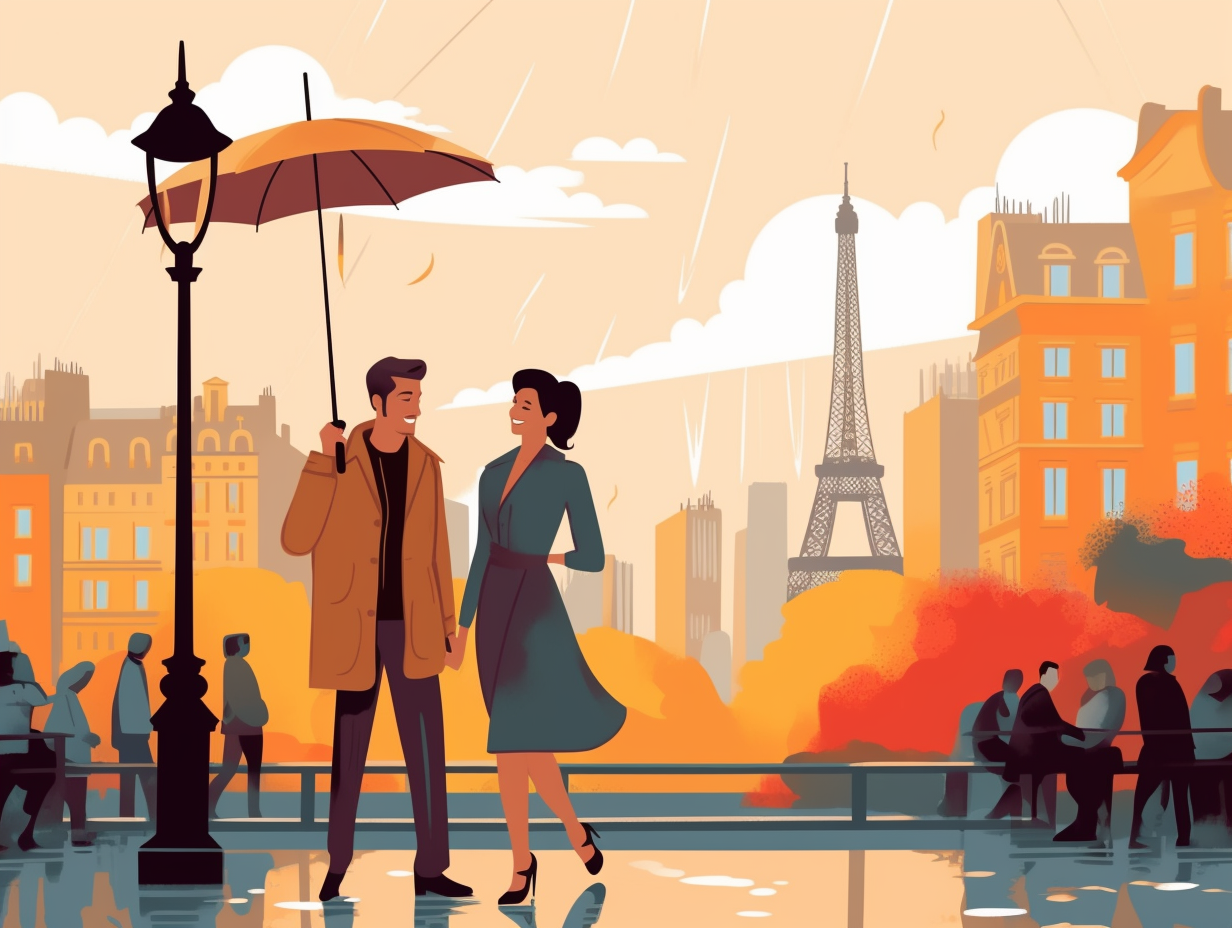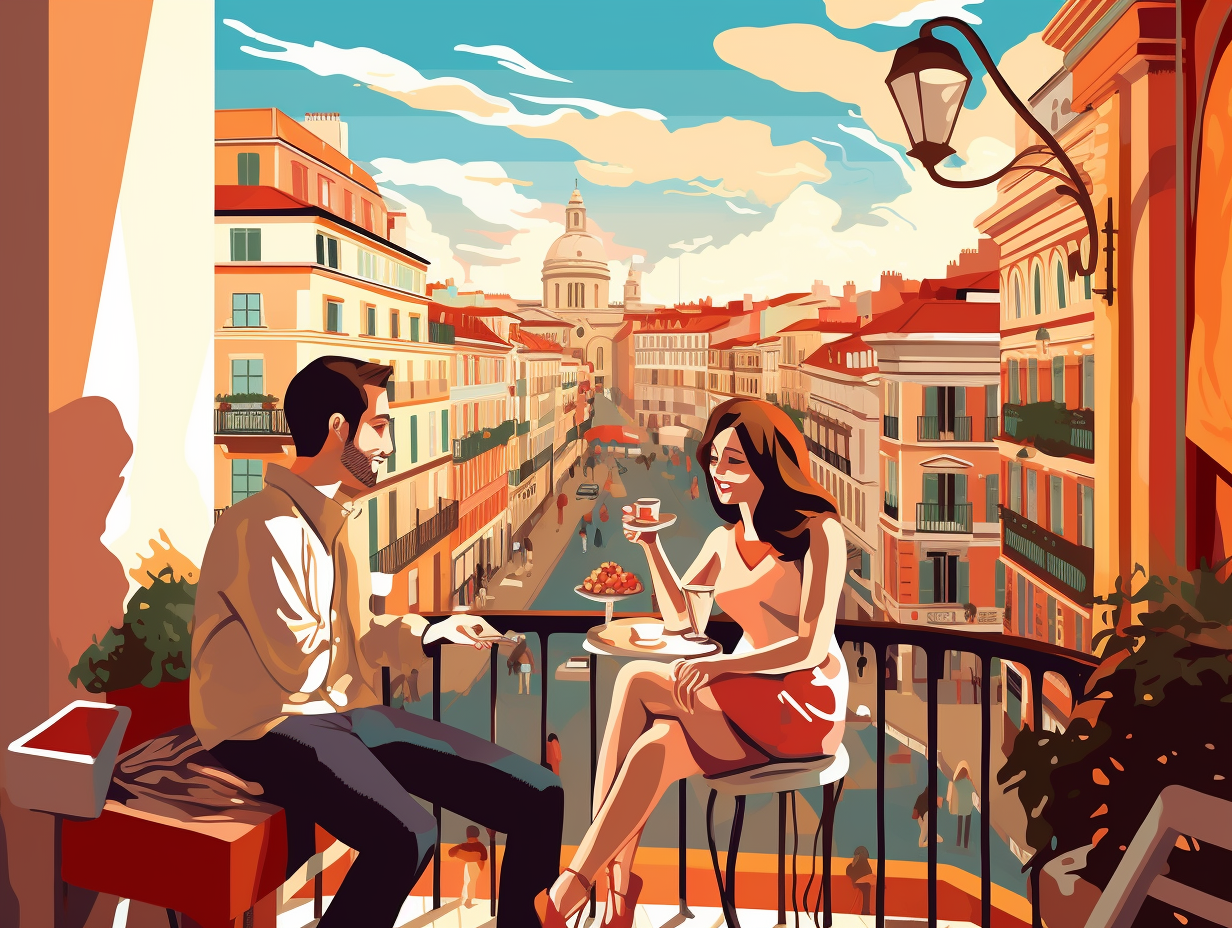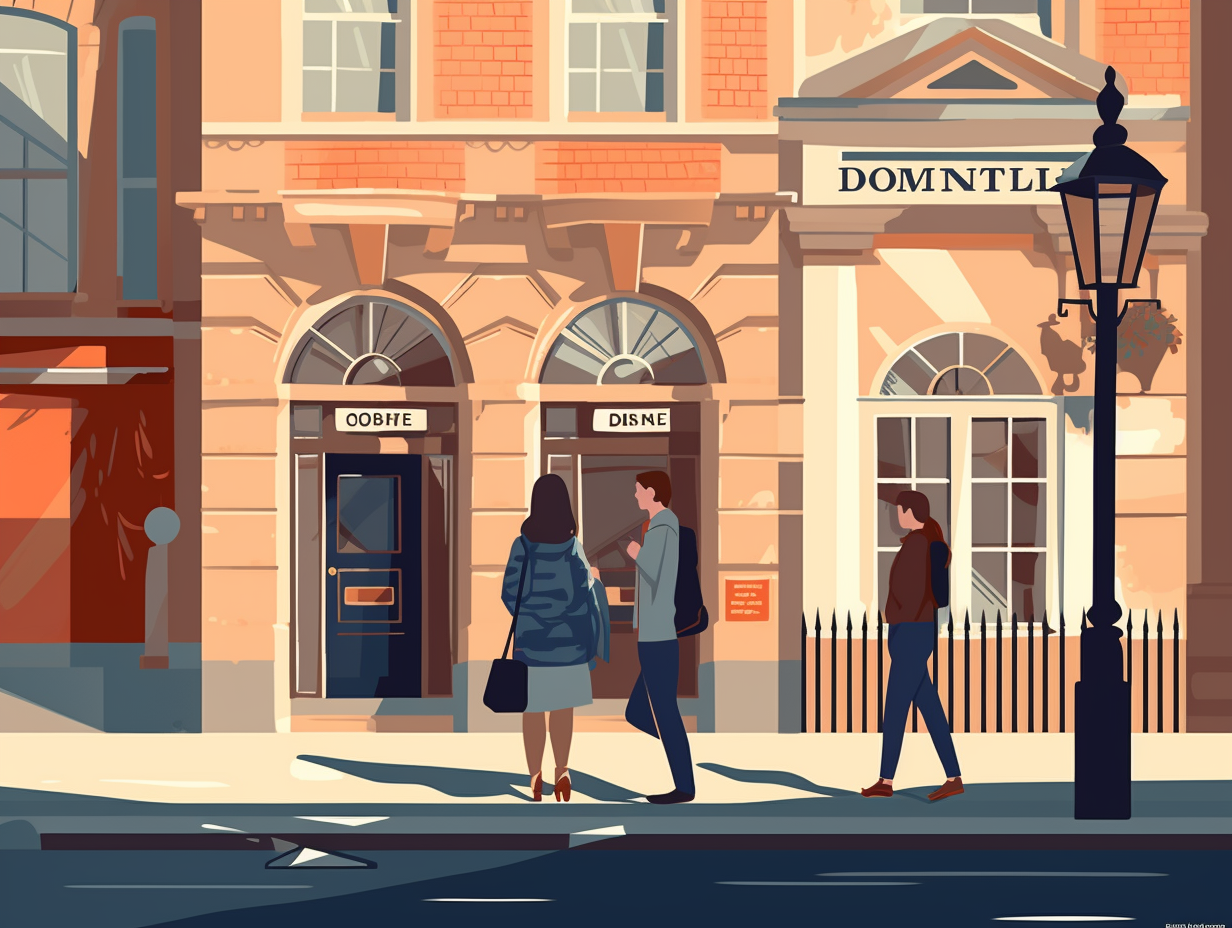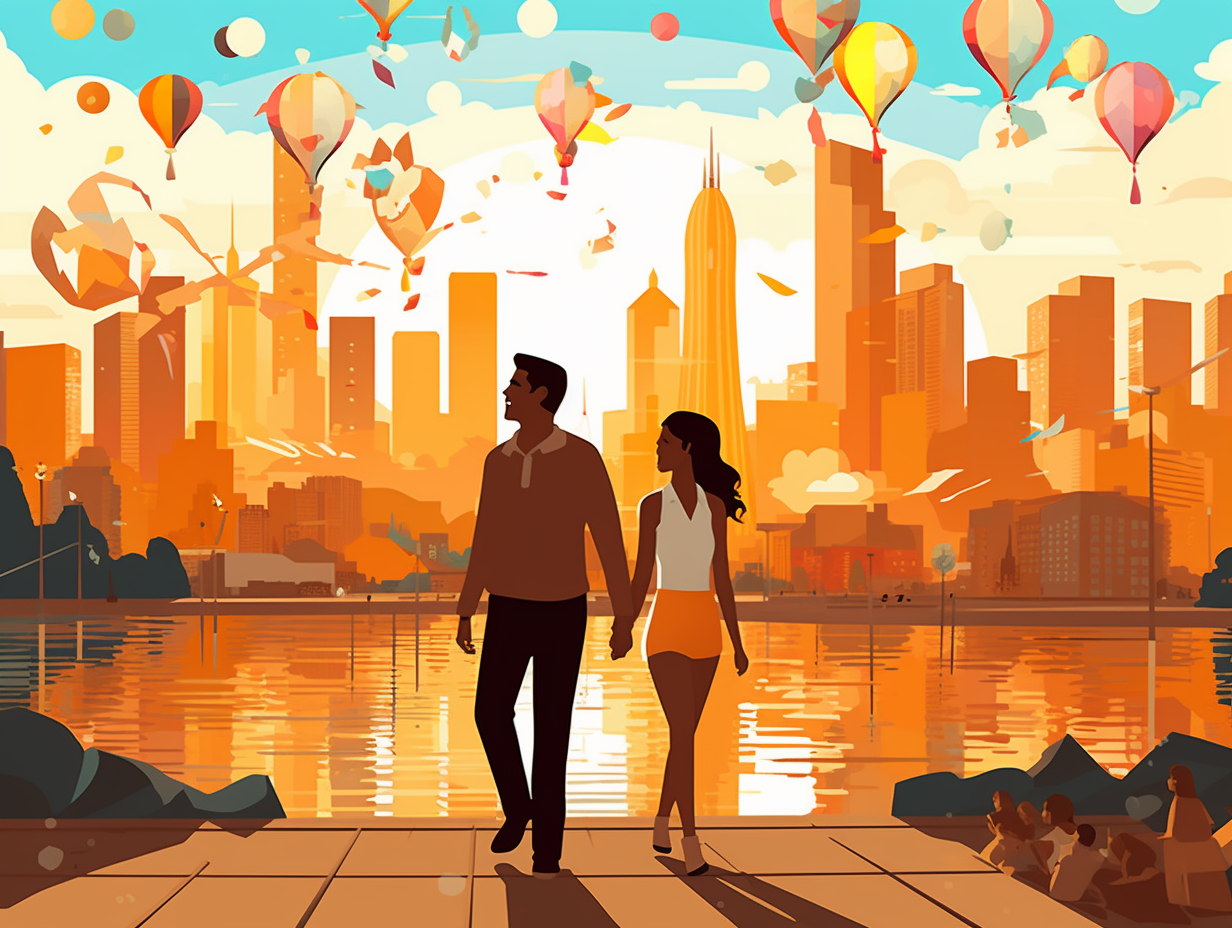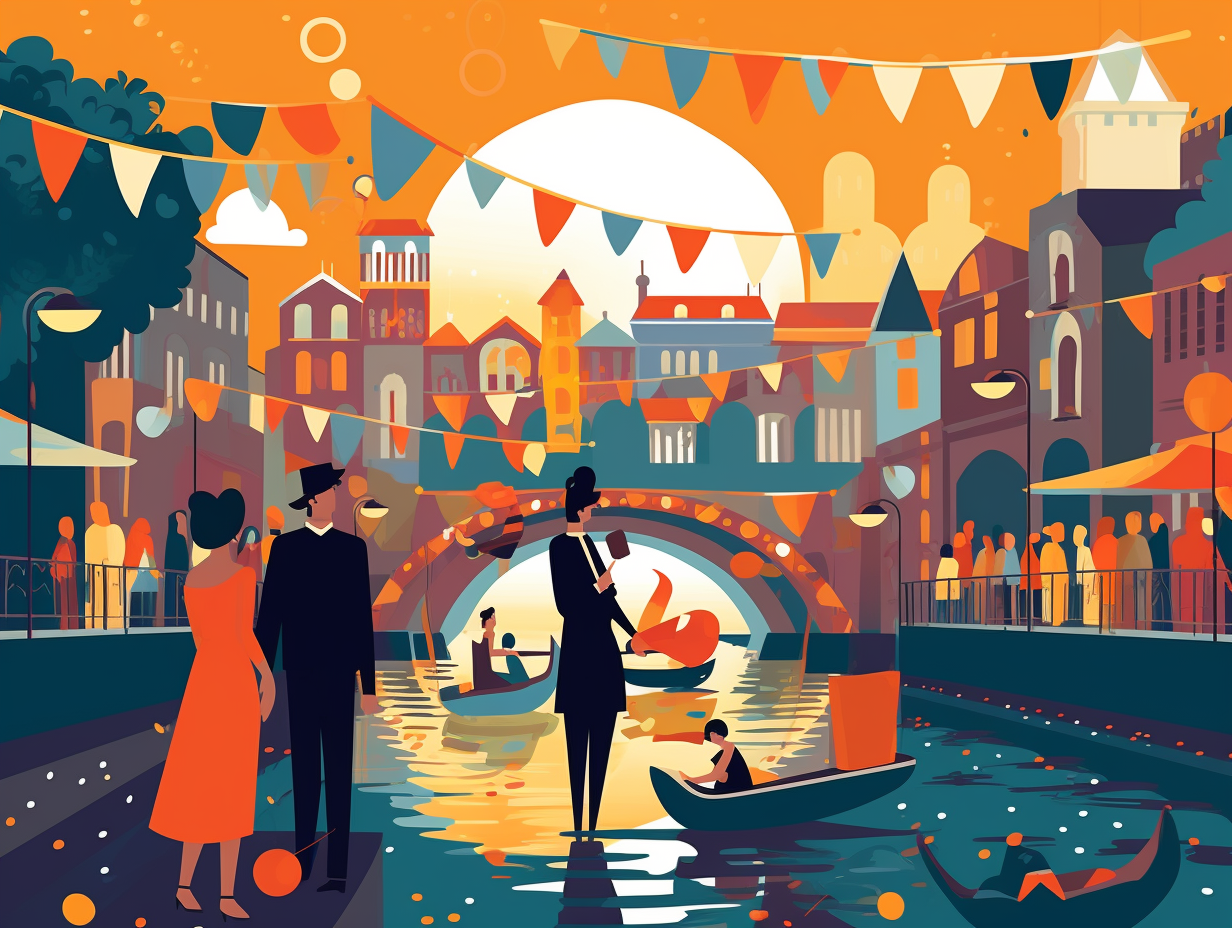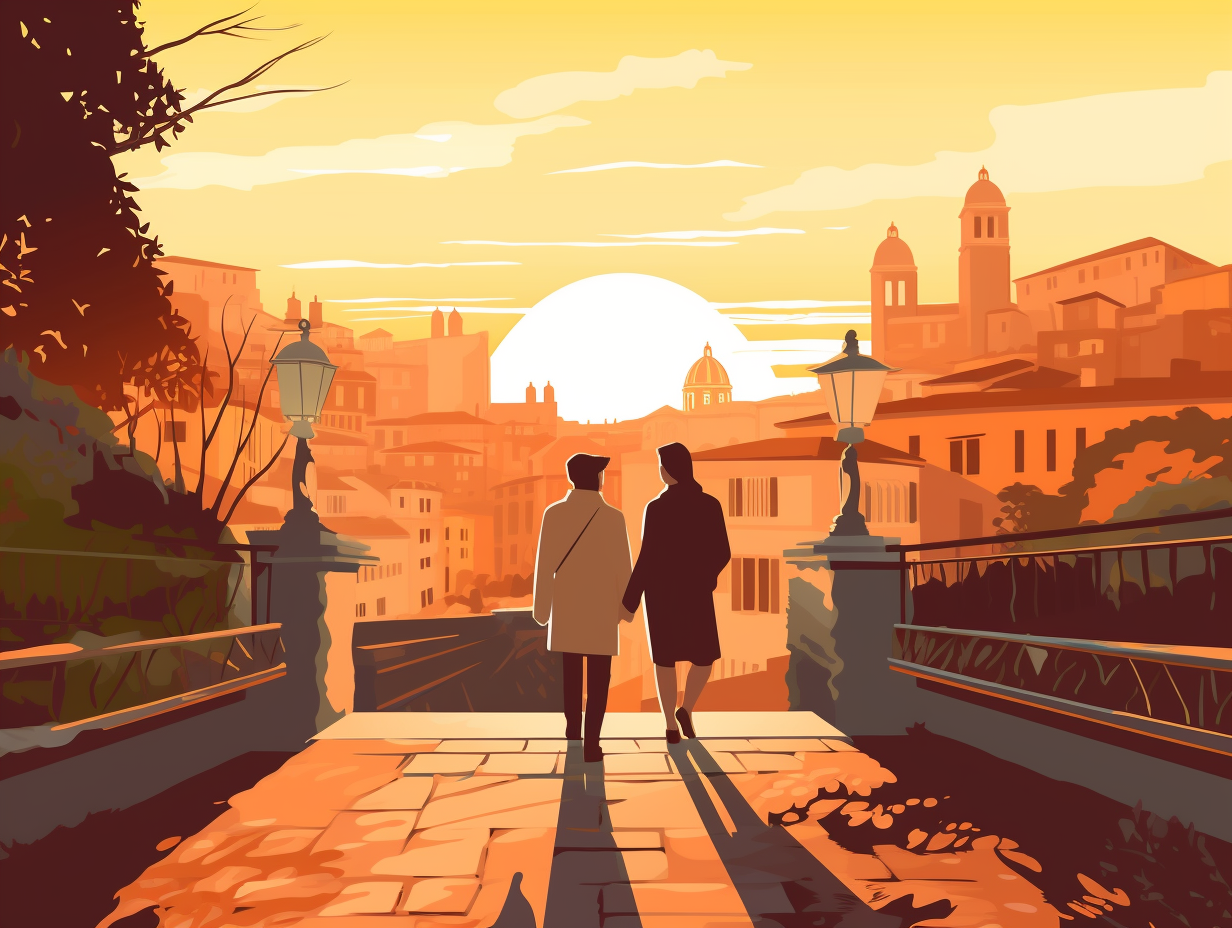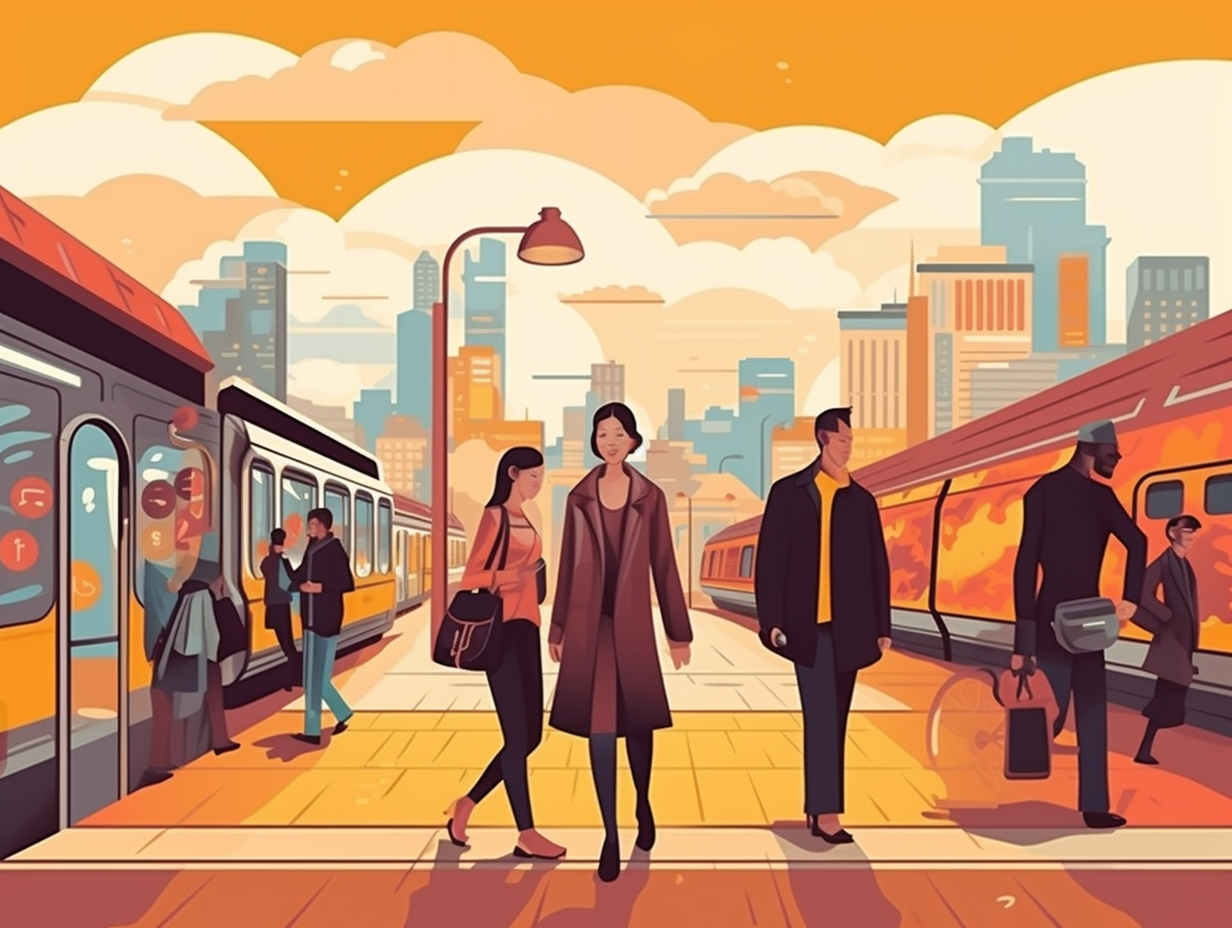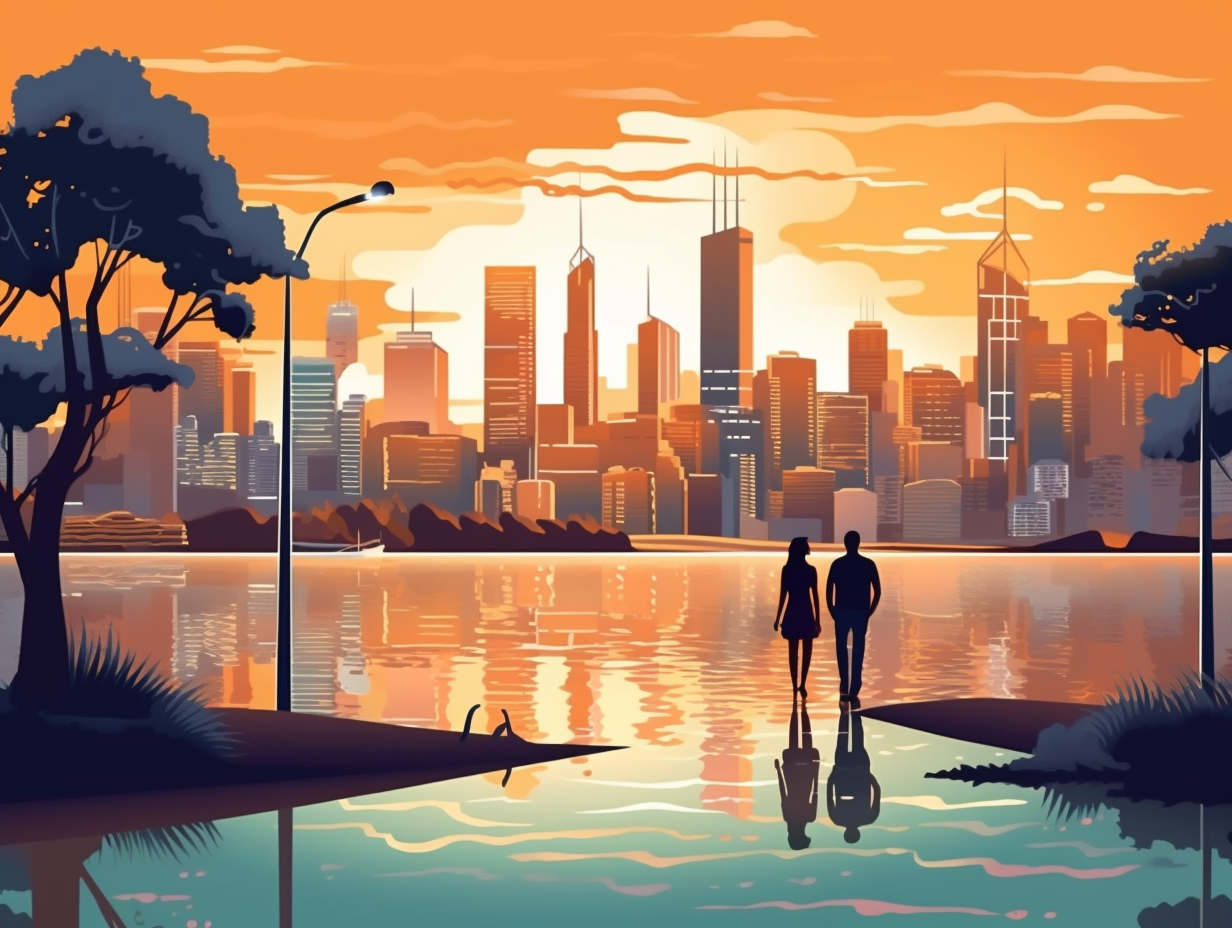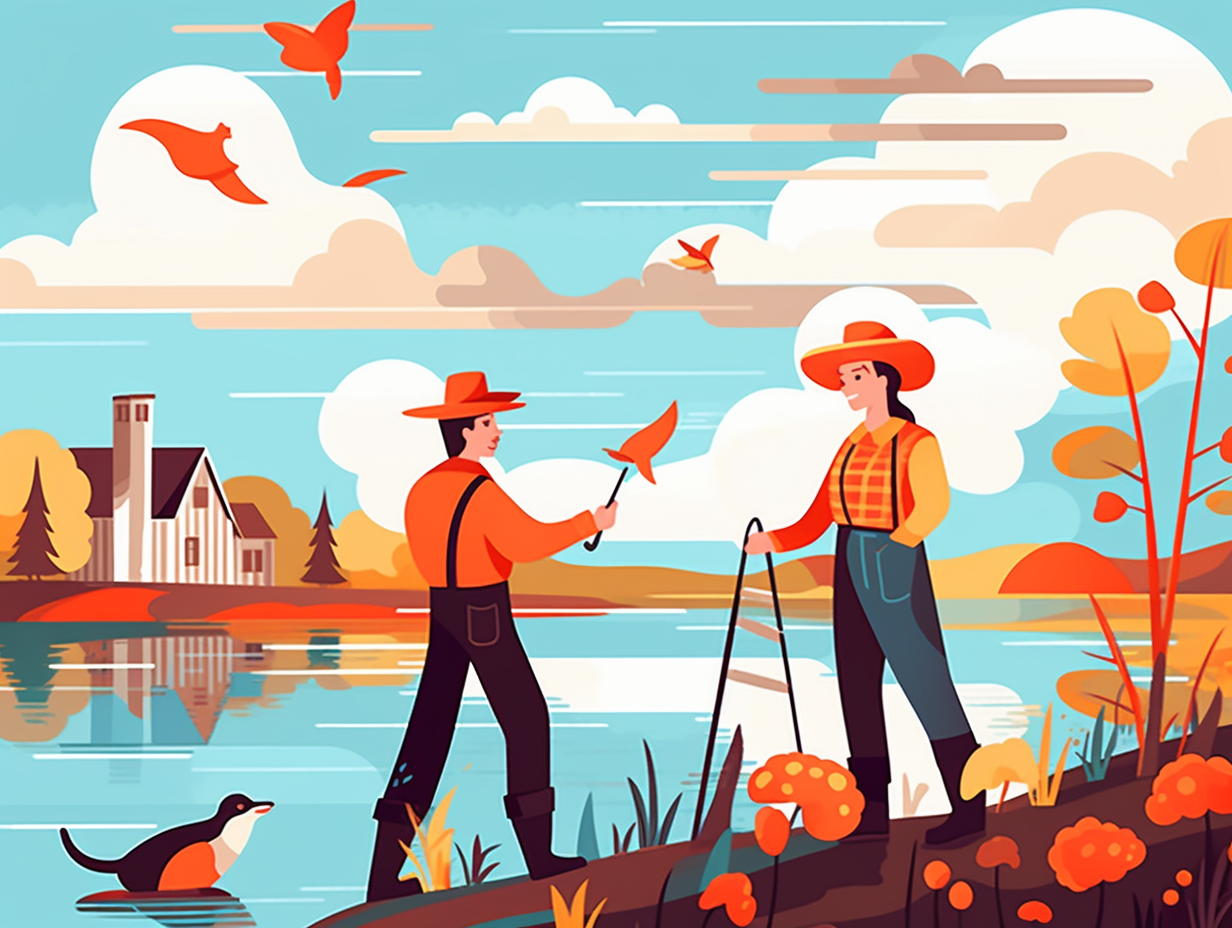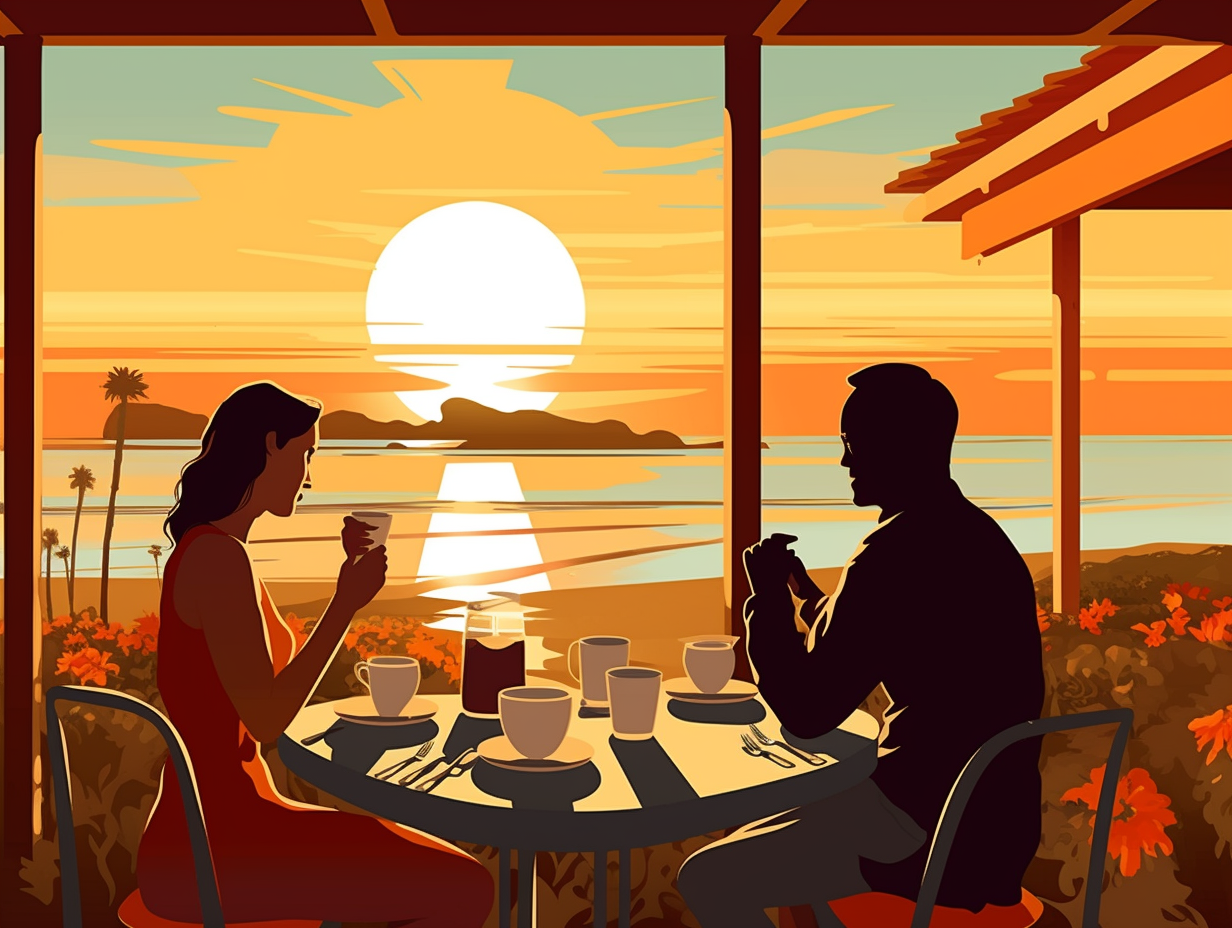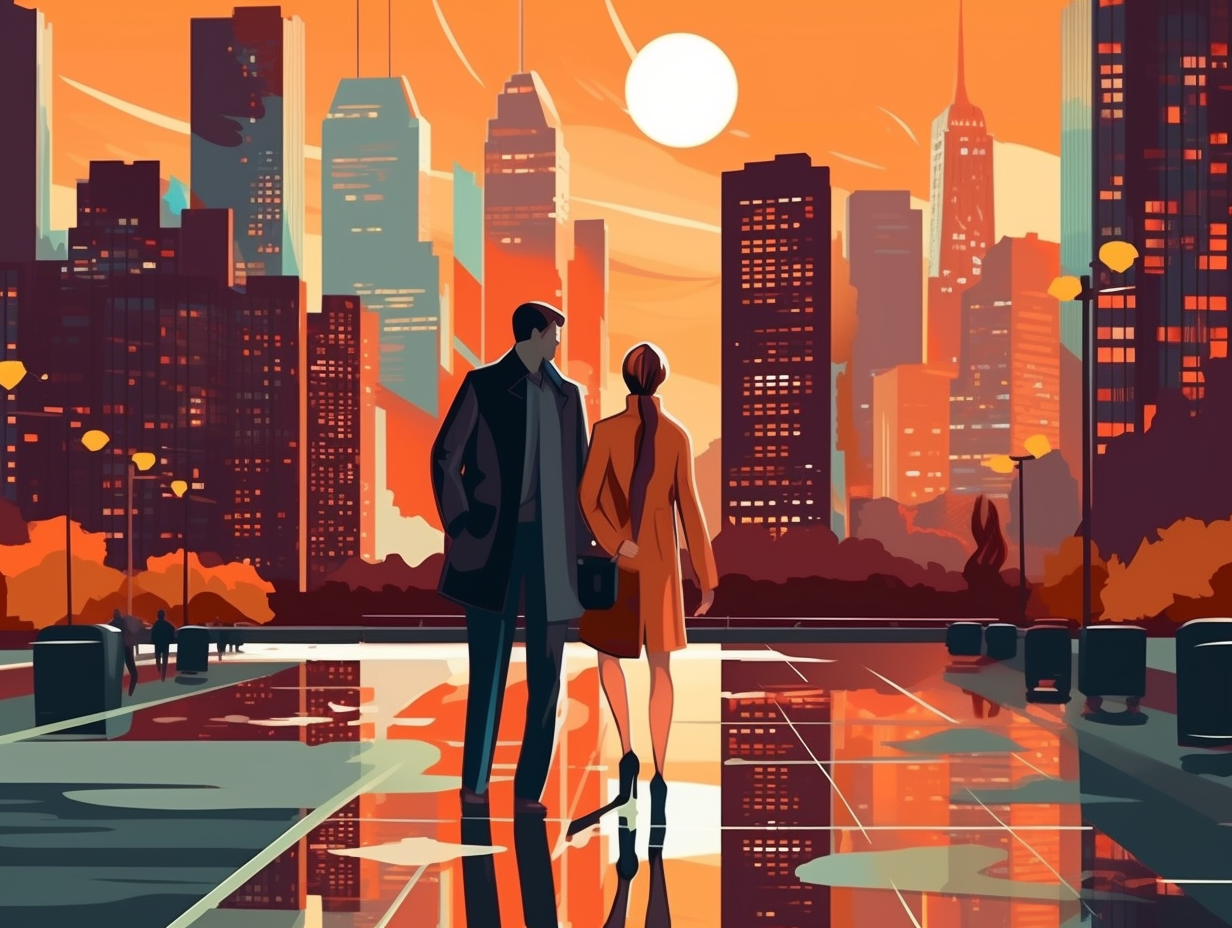Discover Cologne: 8 Amazing Fun Facts About Germany's Aromatic City!
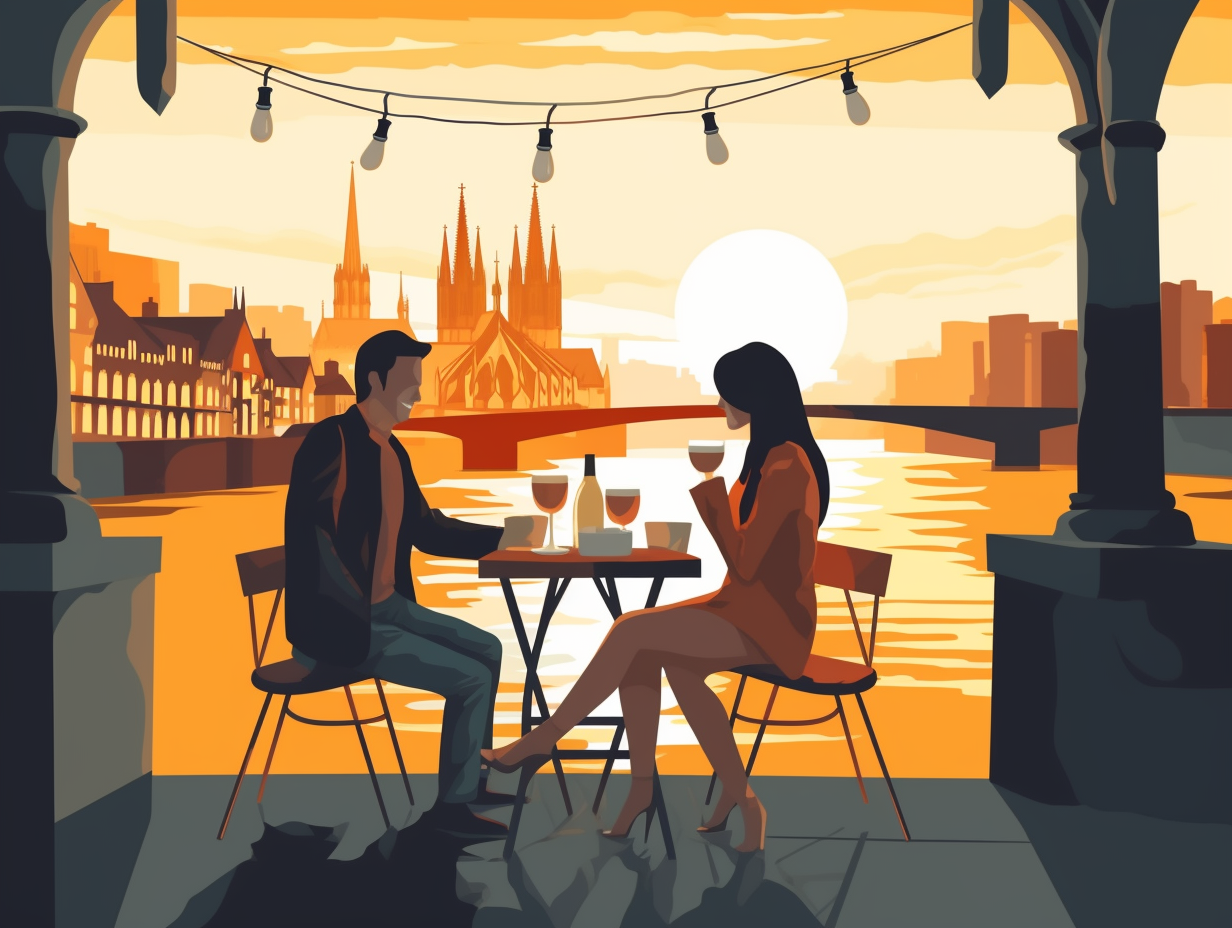
1. Cologne Cathedral: 600-Year Construction Project
You know the expression "Rome wasn't built in a day"? Yeah, well, Cologne Cathedral saw that and said, "Hold my beer!" : This Gothic masterpiece was under construction for over 600 years, starting in 1248, only to be paused due to insufficient funds and a waning interest in Gothic architecture, but was joyfully completed in 1880 after a supercharged 19th-century comeback and survived heavy bombing during World War II, with restoration work still ongoing because, unfortunately, there's no pause button on weather and pollution.
Source => cologne-tourism.com
2. Eifel Aqueduct: Cologne's Ancient Thirst-Quencher
Before Roman plumbers stepped up their plumbing game, Cologne was thirsting for greatness: The Eifel Aqueduct, built in 80 AD, supplied 20,000 cubic meters of water daily to Cologne, transforming it into the bustling capital of the Roman province of Lower Germany with a population of 45,000 people.
Source => en.wikipedia.org
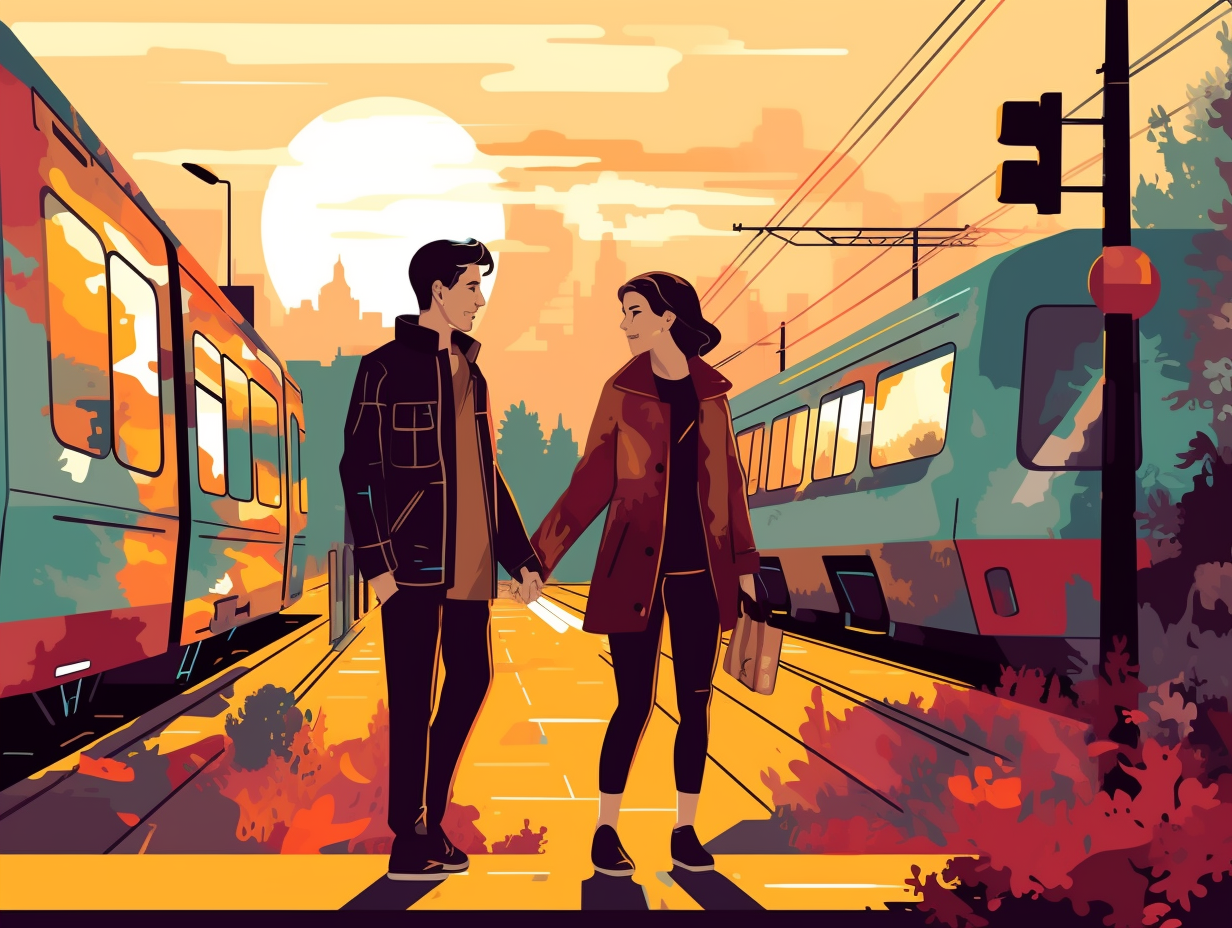
Did you know that Berlin's infamous Checkpoint Charlie was once a hotspot for daring East Germans fleeing to freedom? Discover their thrilling stories at an open-air exhibition on site, featuring a thought-provoking installation by artist Frank Thiel. Don't miss this unique piece of history!
=> Fun Facts about Berlin
3. Cologne's Fancy Roman City Wall
When ancient Rome went shopping for walls, they definitely didn't settle for "off the rack": Cologne's city wall was the fanciest fortification north of the Alps! The serious reveal: With an impressive length of 9 km, built over several phases between the 1st and 3rd centuries, Cologne showcased its powerful status with a wall featuring 12 city gates. This symbolically mirrored Jerusalem's own 12 gates, creating a formidable defense that rivals still speak of in hushed whispers. Today, remnants like the Severinstorburg offer a peek into this long-gone era of strength and style.
Source => cologne-tourism.com
4. Eau de Cologne: The Scent-sational Creation
Forget stealing oranges, Giovanni Maria Farina stole the scent game back in 1709 with his refreshingly zesty concoction: In Cologne, Germany, Farina created the original Eau de Cologne – a spirit-citrus perfume made from a blend of citrus oils like lemon, orange, bergamot, and more. The secret formula still thrives today as the Farina Fragrance Museum in Cologne preserves and produces the original scent that tantalized nostrils for centuries.
Source => en.wikipedia.org
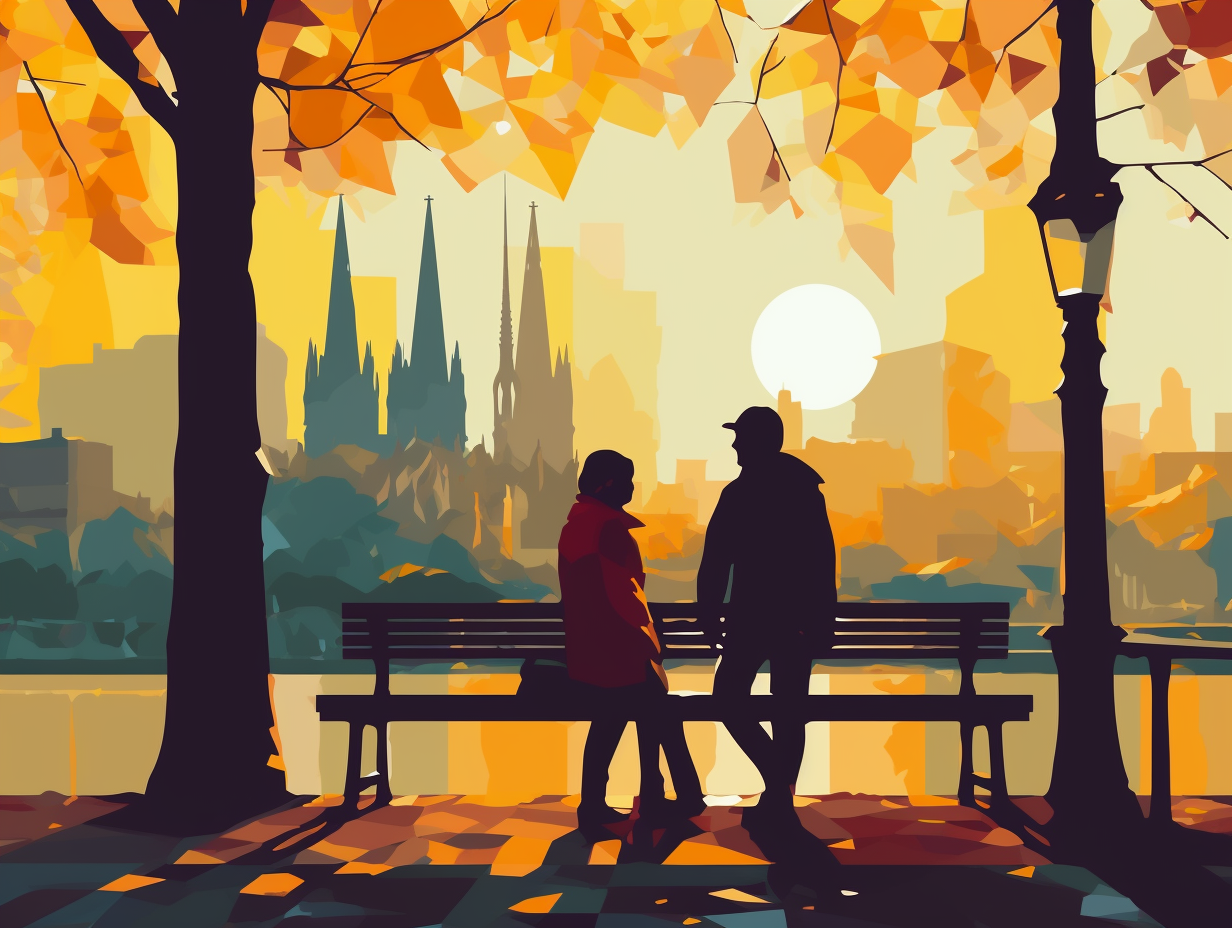
5. Katharina Henot: Postmaster Witch of Cologne
Who runs the world (or at least Cologne)? Henots! This postmaster witch may just be your ultimate #fiercefemalegoals: Cologne was home to Germany's first known female postmaster, Katharina Henot, who was executed for witchcraft in 1435 during a flawed trial after falling victim to a conspiracy among city authorities.
Source => en.wikipedia.org
6. Kölsch Beer: Germany's Exclusive Brew Club
Kölsch beer: the original German "Members Only" club where membership comes with a 50 km radius and a cold brew, but not a classic satin jacket. Seriously though: Kölsch beer is a regional specialty of Cologne, Germany, and it is protected under the Kölsch Konvention, meaning it can only be called Kölsch if brewed within a 50 km zone around Cologne, while international brewers must settle for the "Kölsch-style" label.
Source => tripsavvy.com
7. Cologne's Pre-Perfume Days: Eburones' Hangout
Before Julius Caesar played real-life "Risk" and vanquished the Eburones, Cologne was their crib, not a trendy destination for scent enthusiasts! Alas, the Roman legion had other plans: In 38 BC, they brought in their pals, the Ubii tribe, who founded the city on an island in the Rhine, officially naming it Colonia Claudia Ara Agrippinensium, and unknowingly setting the stage for centuries of tourists asking “Does it really smell that good here?”
Source => en.wikipedia.org
8. Cologne Carnival: Old MacDonald's Street Party
If Old MacDonald had a Carnival, E-I-E-I-Cologne: The Cologne Carnival kicks off each year on November 11 at 11:11 am, making it one of Europe's largest street festivals with a colorful and animated parade led by the carnival prince, and featuring quirky characters like the Dreigestirn—a triumvirate of a maiden, prince, and peasant representing Cologne's history.
Source => en.wikipedia.org
Related Fun Facts

